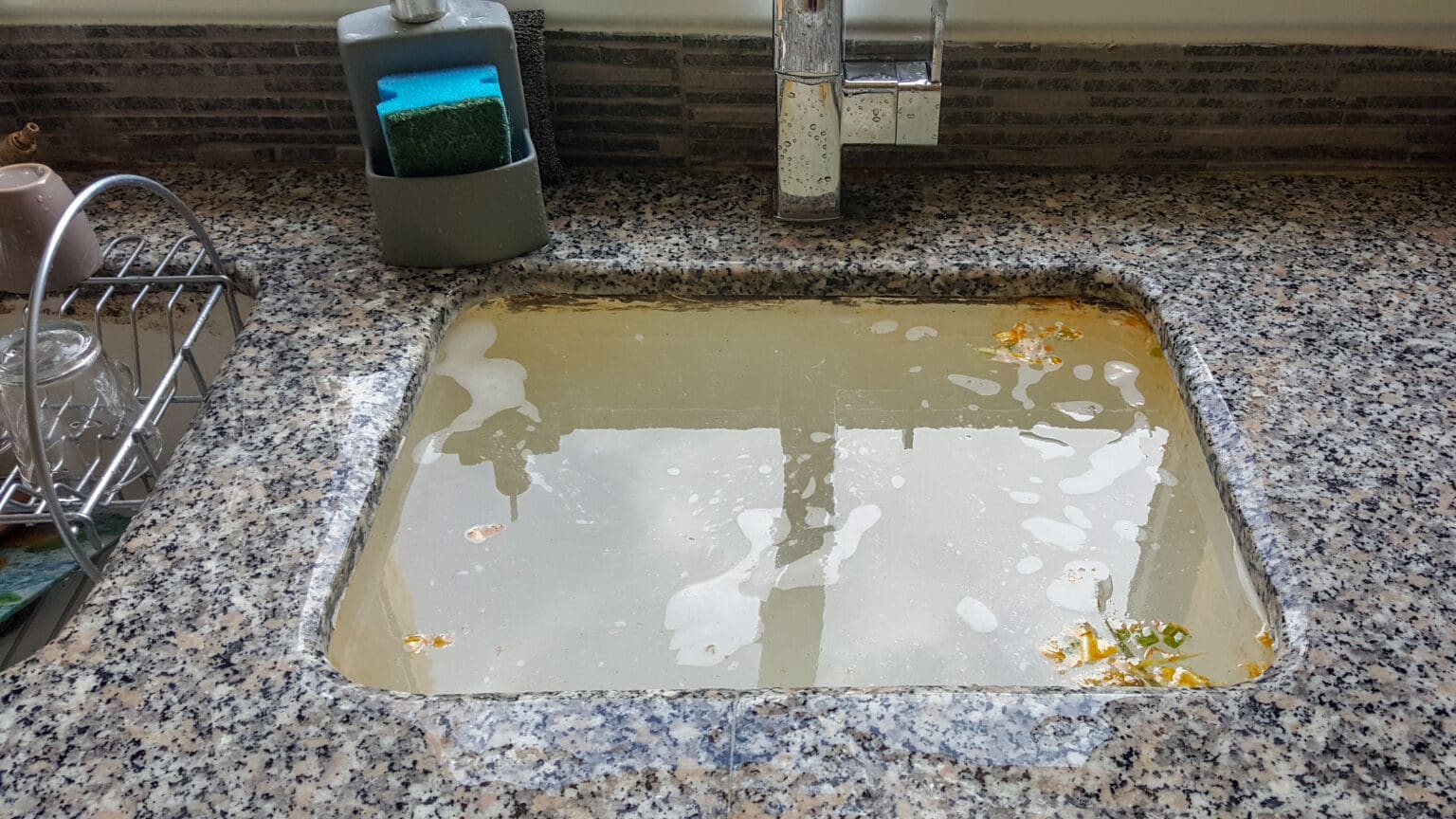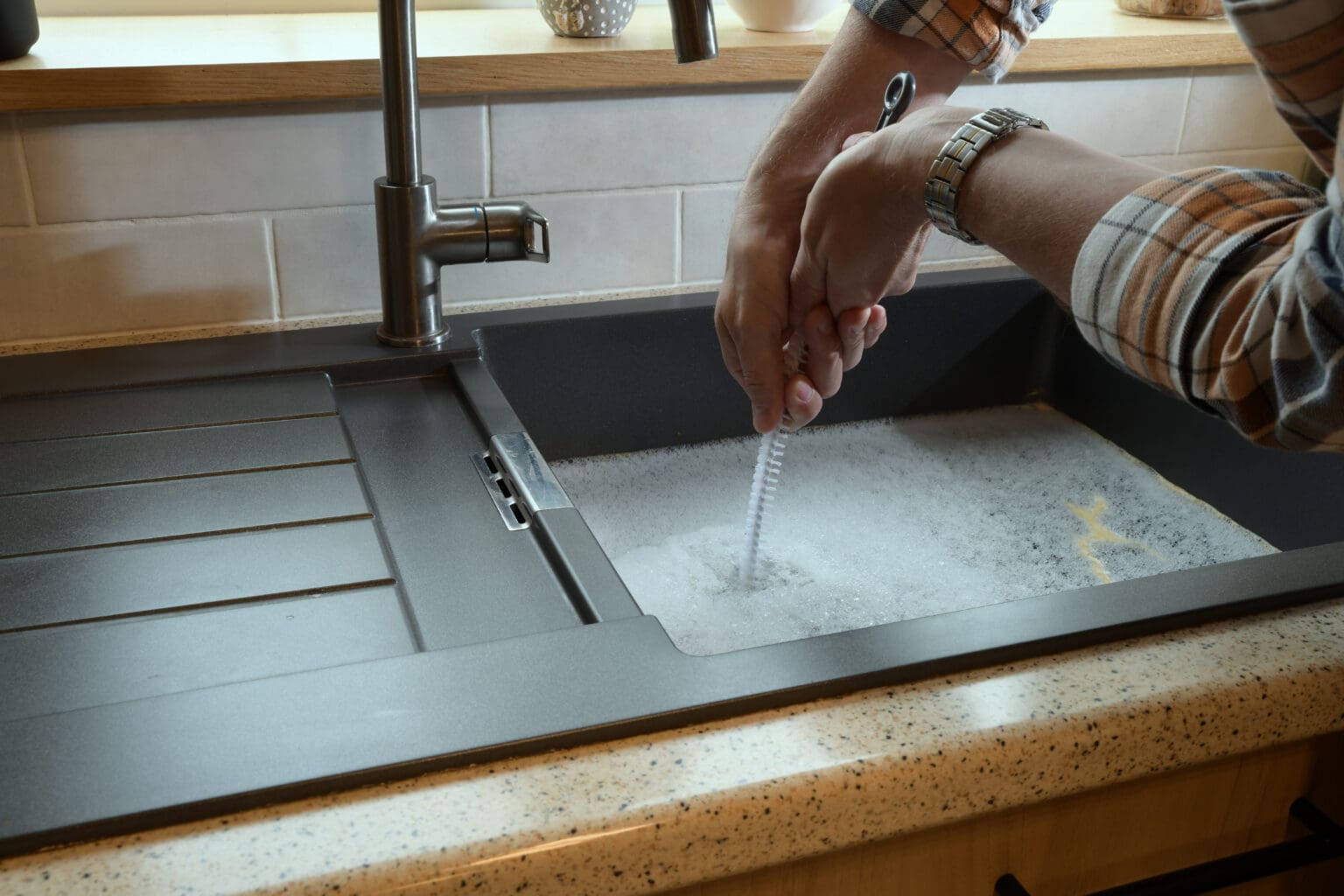What Size A/C Unit Do I Need?
Sizing your A/C unit correctly is imperative to your home’s efficiency and it makes a difference in the overall longevity of your system. Between the longer use of A/C units in the Phoenix, Arizona area due the amount of hotter days per year due to the desert atmosphere; it’s even more important to residents to get the correct size from day one of a new A/C purchase. That’s precisely why wondering what size A/C you need for your home should be at the top of your list of questions when shopping for a new air conditioning unit for your home. Purchasing a unit that’s too large means a more expensive initial investment, with unnecessary wasted energy hiking your bills each month.
However, buying a unit that’s too small means you won’t be getting the cooling power you need from your AC, and more stress will be placed on the system over time, shortening its lifespan.
Finding the sweet spot regarding your air conditioner’s size is crucial for getting optimal performance, efficiency, and return on investment when upgrading or replacing your old AC. Fortunately, there are a number of ways to calculate the size of the unit needed for your home.
Determining BTUs and Tonnage
In order to answer the age-old question of “What size AC unit do I need?” you’ll have to do a little math. This is to determine how many British Thermal Units (BTUs) and tons are required to cool your home properly. Perhaps the most accurate way to determine these details is by using the Manual J calculation. This is a complex equation that provides the most accurate estimate possible because it considers a wide range of factors, including:
- Climate zone
- Square footage
- Ductwork
- The number and style of windows
- Existence or lack of outside shade
- Insulation
- Heat-generating appliances
- The number of people occupying a home
Each of these details are crucial for determining how hard an AC unit will need to work to keep the interior of your home cool without overworking itself. Because the Manual J calculation is quite complex, it’s recommended that you have a professional air conditioner contractor do it for you while performing an energy audit on your home. Some form of home inspection will likely be needed for a professional to complete a Manual J calculation for your home.
While completing these calculations was once an involved, and time-consuming ordeal, nearly any air conditioning contractor now has access to software that compiles all of the data quickly and effortlessly to get you the results you need sooner (and with greater accuracy). A home inspection may be necessary to compile all the appropriate information, but in some instances, contractors may be able to access public tax records that have all the pertinent data to get the job done sooner.
Calculating Tonnage Using Square Footage
While it’s advised to have a professional to help you out when performing a Manual J calculation, there are other HVAC sizing methods that most homeowners are able to do on their own. Another method for determining what size central air conditioner is right for your home is measuring the square footage of your house. It’s a much simpler process than obtaining a Manual J calculation, but only provides a loose estimate of how much tonnage your home demands in terms of cooling. This method doesn’t consider many of the crucial details that the alternative calculation does, but it’s still an excellent method for those looking to narrow down their list and find an HVAC unit that fits their home.
In terms of air conditioners, one ton refers to an air conditioner’s ability to cool 12,000 BTUs in a single hour. Therefore, finding your home’s required tonnage can help you find a general ballpark estimate of what size AC unit you’ll need. The equation is a simple one compared to the Manual J calculation:
(The square footage of your home x 30, then divided by 12) – 1.0 = required tonnage for your home.
For example, assume you live in a 2,000 square foot house. The calculation to determine tonnage would be as follows:
(2000 x 30, divided by 12) – 1.0 = 4,999
The final figure translates into 4.9 tons, which can be rounded up to 5 for the sake of simplicity. In order to get a cooling experience that’s both affordable and efficient, you’ll require a 5-ton air conditioner unit in your house. However, some factors should be considered when using this method of obtaining a ballpark estimate. For example, if you live in a particularly hot, dry area like Phoenix, AZ, do not perform the final step of subtracting 1. It requires more power to cool a home in a hot climate than in a cool one, which should always be considered.
Using an Online BTU Calculator
Those looking to save time and effort when calculating this ballpark estimate may benefit from using an online BTU calculator. These take into account information such as house measurements, sun exposure, general climate, and basic information on insulation to give you a slightly more accurate estimate of the number of BTUs that will be required to heat and cool your home. These results may still not be as accurate as having a professional perform an inspection and complete a Manual J calculation for you, but it takes some of your house’s most important variables into account to determine what size central air conditioner fits best.
Buying the Right AC Unit
Once you’ve determined how many BTUs and/or tonnage you’ll require to properly cool your home, it’s time to move on to the shopping phase. Ideally, you should work with an HVAC dealer during the selection process to ensure you’re getting your hands on a unit that fulfills the requirements outlined by the calculations you’ve done. A professional at Day & Night Air Conditioning, Heating and Plumbing can walk you through the power and features each model has to offer and guide you in the right direction, so your final purchase of a new air conditioner is a truly fulfilling investment.
While shopping around, you may note that a dealer doesn’t have a unit that provides the exact amount of tonnage or BTUs reflected in your calculations. That’s perfectly normal. If this happens, simply go with the unit with the larger BTU count. For example, if your Manual J calculation shows that you need 15,000 BTUs, but your dealer only carries units that provide 14,000 BTUs or 20,000 BTUs, choose the 20,000 BTU model. While it’s crucial not to buy a significantly oversized air conditioning unit, your house won’t suffer from just a little extra power. As a rule of thumb, the maximum size of your new unit should not exceed 15 percent over the BTUs shown in your calculations.
Learn More About the Right AC Unit For Home in Phoenix
Whether you’re ready for an inspection to formulate your own Manual J calculation or you need some guidance sorting through the many potential units on your list to find the perfect HVAC system for your house, Day & Night Air Conditioning, Heating and Plumbing is here with all the information you need to make a successful and long-lasting investment.
Contact us today to learn more about calculating the correct air conditioner size for your house and about the many top-tier units we offer. We sell a massive range of sizes to ensure we always have a match for every home throughout the Phoenix area.







